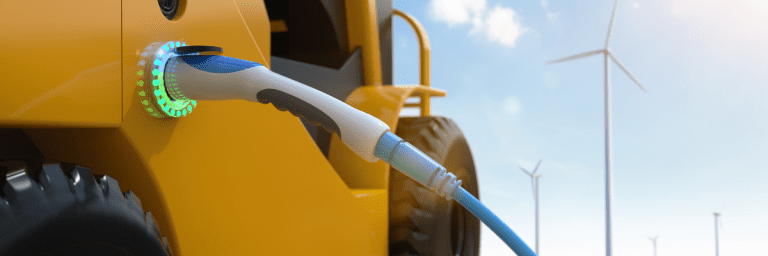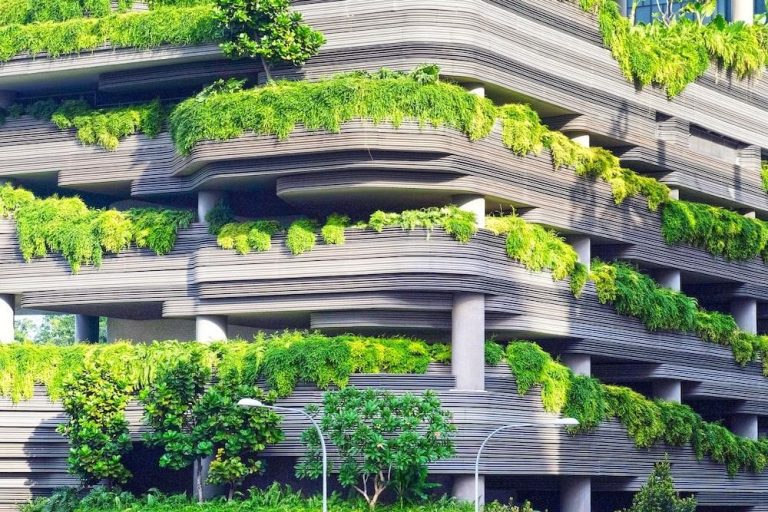Sustainability is increasingly vital for business and industry sectors from all over the world in light of growing concerns regarding the climate crisis. Companies and enterprises have begun taking steps to reduce their impact, lower their carbon footprints, ensure they’re consistent in their processes, and committed to maintaining an elevated sustainability standard. The construction sector has been steadily growing and developing in this regard. Because it is a necessary one, its road to sustainability must be focused on evolution, with the standards easy to maintain while also leaving room for development in the future. With that in mind, it’s time to look at the trends that are most likely to drive sustainability forward in construction work over the near future. Materials Sustainability is, overall, a collection of several smaller elements that come together to create the final result. In construction work, the materials are the fundamental part. If they’re not efficient, then there’s no way the building could ever be. Make sure to store them in an area that can offer adequate conditions. Your storage tent must provide sufficient room to ensure the materials don’t become scratched, dented or otherwise damaged. Maintain the optimal temperature and humidity levels. Getting specialized material racks will help as well. Some of the sustainable materials that will become increasingly popular over the following years are: As a general rule, a material’s sustainability is determined by how much damage its creation produces. Raw materials are generally more harmful for the environment than recycled, repurposed ones. It’s also important to consider the amount of waste that comes with each product and the ways in which these remnants can be managed. Indoor air quality Poor air quality is a significant health concern that can lead to reduced productivity, cognitive impairment and even sick building syndrome, a condition in which patients become ill because of the conditions of the buildings in which they reside or work. Radon, carbon monoxide, tobacco smoke, ozone, particulates, allergens and mold are just some of the hazards. Typically, ventilation or filtration are suggested as the key ways to reduce the quantity of contaminants present in indoor air. IAQ standards are becoming more stringent, seeking to minimize the amount of impurities in indoor air as much as possible. Many building materials and maintenance processes can also cause pollution, so ensuring that these procedures are swapped for a more sustainable alternative is the first step. Moisture accumulation must be kept in check as well. Cooking, cleaning, bathing and even the human metabolic processes can cause considerable buildup. Periodic testing can identify issues and determine the areas where more funds and development are still necessary. Switching to electric appliances is also crucial, mainly since some standard ones, such as gas stoves, have been associated with a heightened risk of chronic disease. Electrical grid Having access to electricity is crucial throughout the construction process. You can visit Tent Trading to find the best ones available and which could suit your requirements. They can also be equipped with the necessary systems that guarantee you’ll be able to carry out all the required activities in perfect comfort. A green building is fully capable of saving energy. They don’t waste anything, helping minimize the impact on the environment. One way to achieve this is by implementing alternative and sustainable power sources. Solar energy is becoming an increasingly relevant prospect. The roofs occupy a considerable surface area, particularly in cities, but only a tiny amount is used to host solar panels. It’s also important to remember that using sunlight-powered systems has been proven cheaper than fossil fuels, so climate goals are achieved for a cost-effective sum. Flatter roofs can be used just as well as slanted ones, meaning that warehousing facilities, factories, office buildings and other establishments that follow this design can be upgraded to incorporate solar panels. Choosing sustainable options also means that the buildings won’t be as reliant on the standard electrical grid, which is already dealing with tremendous pressure to meet demands. Blackouts can also be frequent, particularly during times of elevated use, such as during wintertime. Green roofs are another option. They can help remove heat from the air and provide additional shade, and are particularly helpful in highly urbanized landscapes, which typically lack green areas, as they help reduce the heat island effect throughout the day. Reducing waste Recycling is crucial, but reducing the amount of waste created by manufacturing and business processes is even more crucial. To ensure that all procedures are sustainable, material use, as well as water and energy consumption, need to be reduced. Waste is the chief enemy of sustainability and the creation of a circular economy. In some places, such as California, statistics show that the waste from commercial building construction amounts to almost 60% of all the rubbish that ends up in landfills. One solution is to add compost bins on site, ensuring that the materials that can be reused will be reused instead of left to contribute to the ever-accumulating greenhouse gasses. Extending the lifetime of a building reduces waste as well since it means that the entire structure doesn’t need to be demolished and taken to a landfill. Greywater can be used as part of the subsurface irrigation systems. Just make sure it doesn’t contain any potentially harmful chemicals and toxins. The design Designs can be more or less sustainable as well. The style of a building will have an enormous impact on its overall performance and costs. The fundamental idea of this design is to reduce and even eliminate environmental harm, as well as improve the well-being of all the occupants. There are many factors to take into consideration here as well. For instance, the buildings should be built near train stations and bus stops to promote sustainable transportation. Natural light should be maximized as much as possible. The size of the building should be just right, as anything too large is wasteful. Adaptive reuse is another aspect to keep in mind, which ensures that the building could be converted into another one






